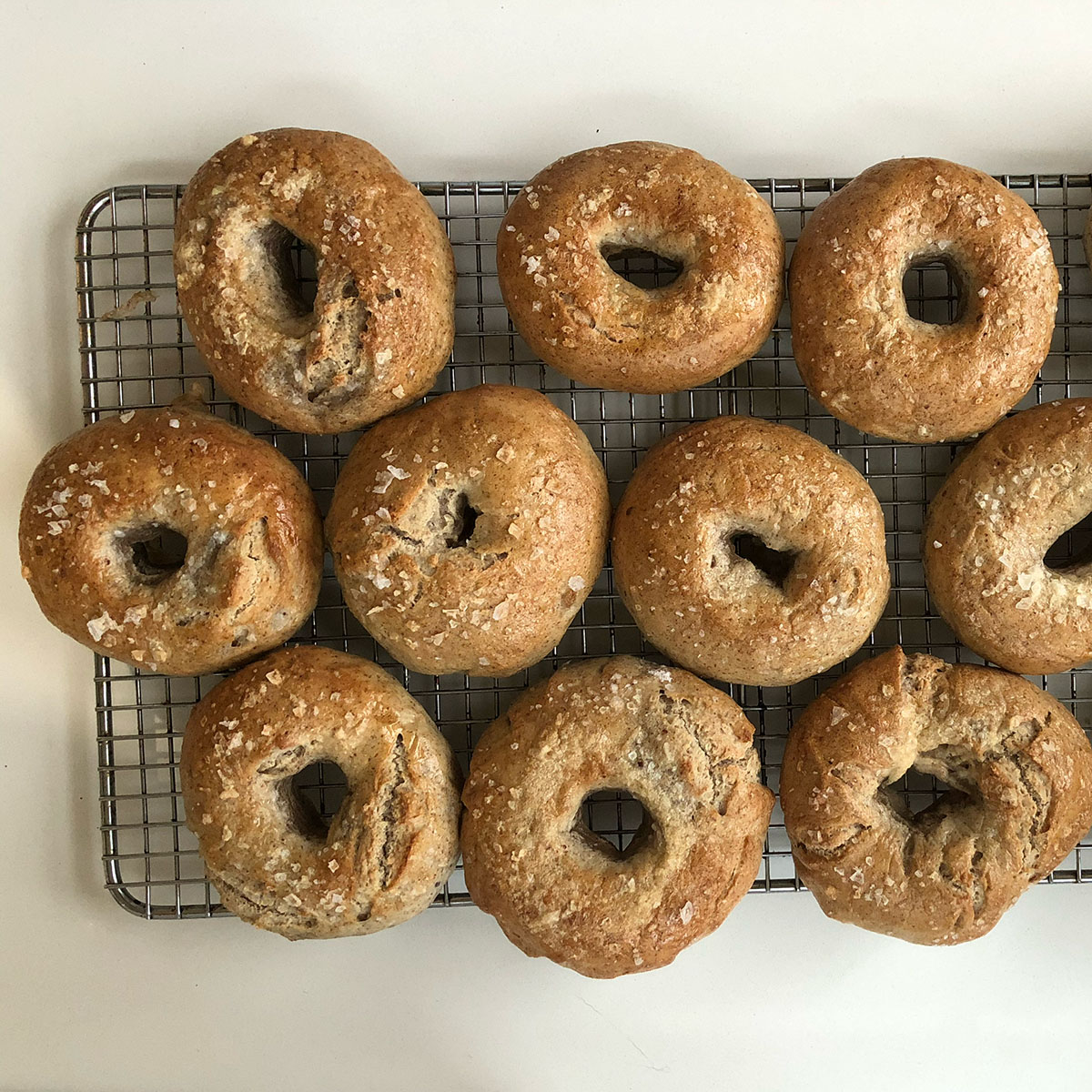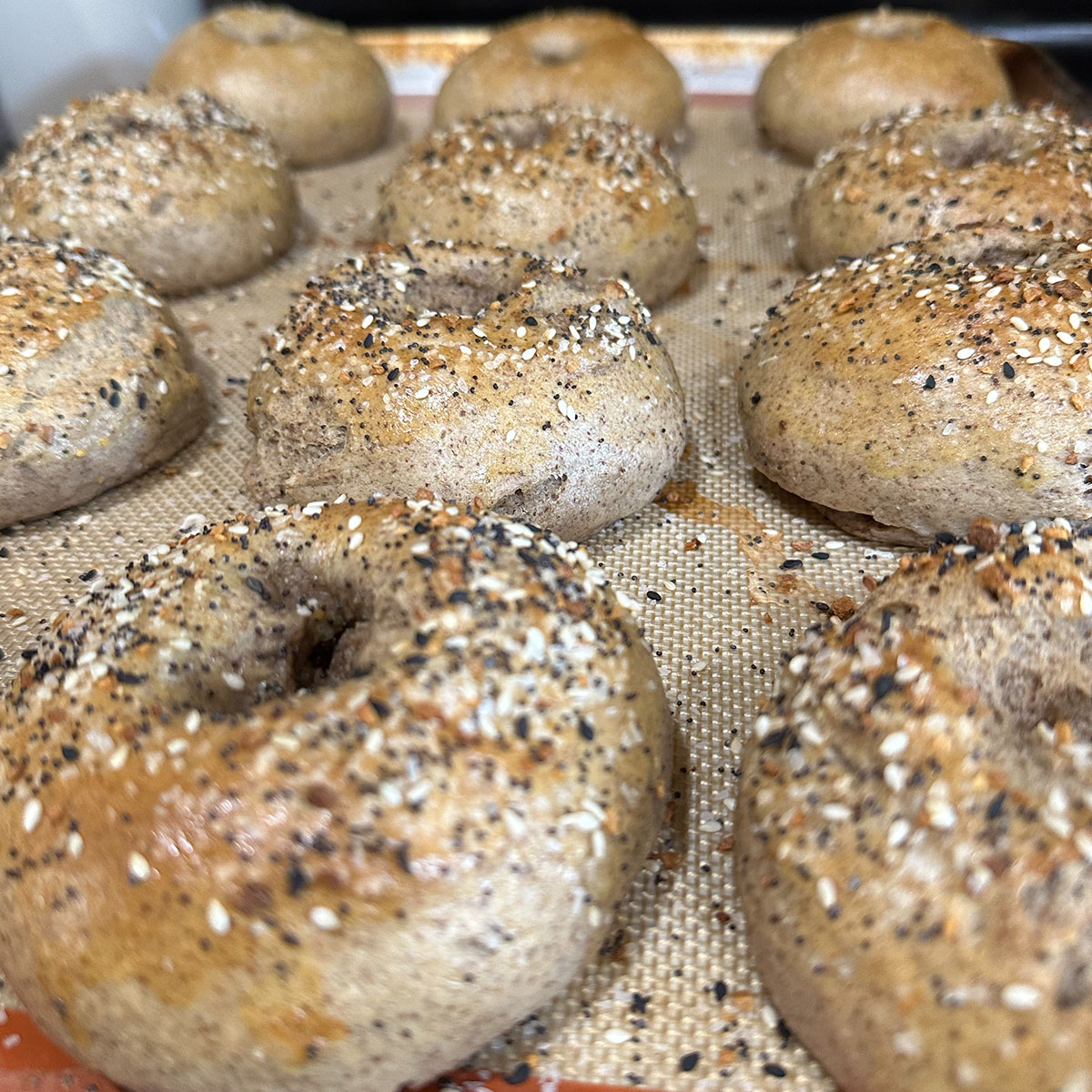Paleo Baking: Why It’s So Hard and How We Finally Got It Right

Paleo Baking Sounds Easy. It’s Not.
You’d think baking without grains, dairy, or refined sugar would just mean swapping out a few ingredients. Sub the flour, ditch the butter, sweeten with honey instead of sugar, and you’re good, right?
Wrong. So very wrong.
Paleo baking isn’t regular baking with a few adjustments. It’s a completely different science experiment. That’s why so many Paleo baked goods taste like crap, collapse in the oven, or end up with the texture of a damp sponge.
We know because we’ve been there and we refuse to accept it.
Why Paleo Baking Is So Hard
When you take away grains, gluten, dairy, and refined sugar, you’re pulling out most of the things that make traditional baking work. Here’s what you’re up against:
No Gluten = No Structure
Gluten is what gives bread its chewy texture and helps dough trap air as it bakes. Without it, your dough turns fragile. That’s why a lot of Paleo baked goods crumble apart or collapse.
No Grains = No Familiar Flour Behavior
Even most gluten-free baking relies on grains like rice, corn, or oats. Paleo baking skips all of those. Coconut flour absorbs moisture like a sponge. Almond flour is heavy. Tapioca starch is light but slippery. Balancing them is tricky.
No Dairy = Fewer Binding Options
Traditional recipes use butter, milk, and yogurt for moisture, fat, and structure. In Paleo baking, you need alternatives that won’t make the texture weird or the flavor flat.
No Refined Sugar = Moisture Challenges
Sugar doesn’t just sweeten. It helps with browning, moisture retention, and structure. Swapping it for honey or maple syrup changes everything. Too much liquid, not enough structure.
The Usual Paleo Baking Fails
If you’ve tried Paleo baked goods before, you’ve probably encountered one (or all) of these:
- Dry, crumbly muffins that disintegrate after one bite
- Breads that collapse in the middle
- Cakes that taste like scrambled eggs
- Bagels that feel like wet foam after freezing
- “Treats” that technically qualify as Paleo but don’t qualify as enjoyable
How We Finally Got It Right
At Sweet Chaos Bakery, we weren’t trying to launch a product line. We were just trying to eat a Paleo bagel that didn’t suck.
But because we’re obsessive, we kept testing. And testing. And testing. Here’s what made the difference:
Balanced Flours
We blend almond flour, tapioca flour, and flax seed meal to create the right structure, moisture balance, and flavor. No single flour can pull it off. It’s all in the ratio.
Organic, Non-GMO Ingredients
We don’t use fillers or cheap shortcuts. Clean ingredients matter not just for nutrition, but for how the final product tastes and feels.
Boil-and-Bake Process
Most Paleo or gluten-free bagels skip the boil. That’s why they don’t have that classic chewy crust. We boil every batch before baking, just like traditional bagels. It’s extra work. It’s absolutely worth it.
Freezer and Toaster Testing
We know people freeze their bagels. We freeze them too, and test how they toast up after. If they can’t survive the freezer, they’re not ready for your breakfast.
Paleo Baking Can Still Be Delicious
You don’t have to choose between feeling good and eating good. Paleo baking can absolutely deliver satisfying, chewy, flavorful baked goods. But it takes more than swapping ingredients. It takes time, testing, and real care.
That’s why Sweet Chaos Bakery exists. We made these bagels for ourselves first. Now we’re sharing them with you.
Latest Articles
Gluten-free lunch ideas for busy days
No more sad salads. Get fast, satisfying gluten-free lunch ideas for home, work, or on the go. Paleo-friendly and freezer-ready options included.
Read MoreStock your freezer with the paleo bagels you’ve been missing
Stock your freezer with paleo breakfast bagels that toast up perfectly. Grain-free, gluten-free, and delivered frozen nationwide.
Read MoreAre Paleo baked goods healthy?
Learn what makes paleo baked goods a healthier choice. No grains, no gluten, just nutrient-dense ingredients that taste amazing.
Read More

